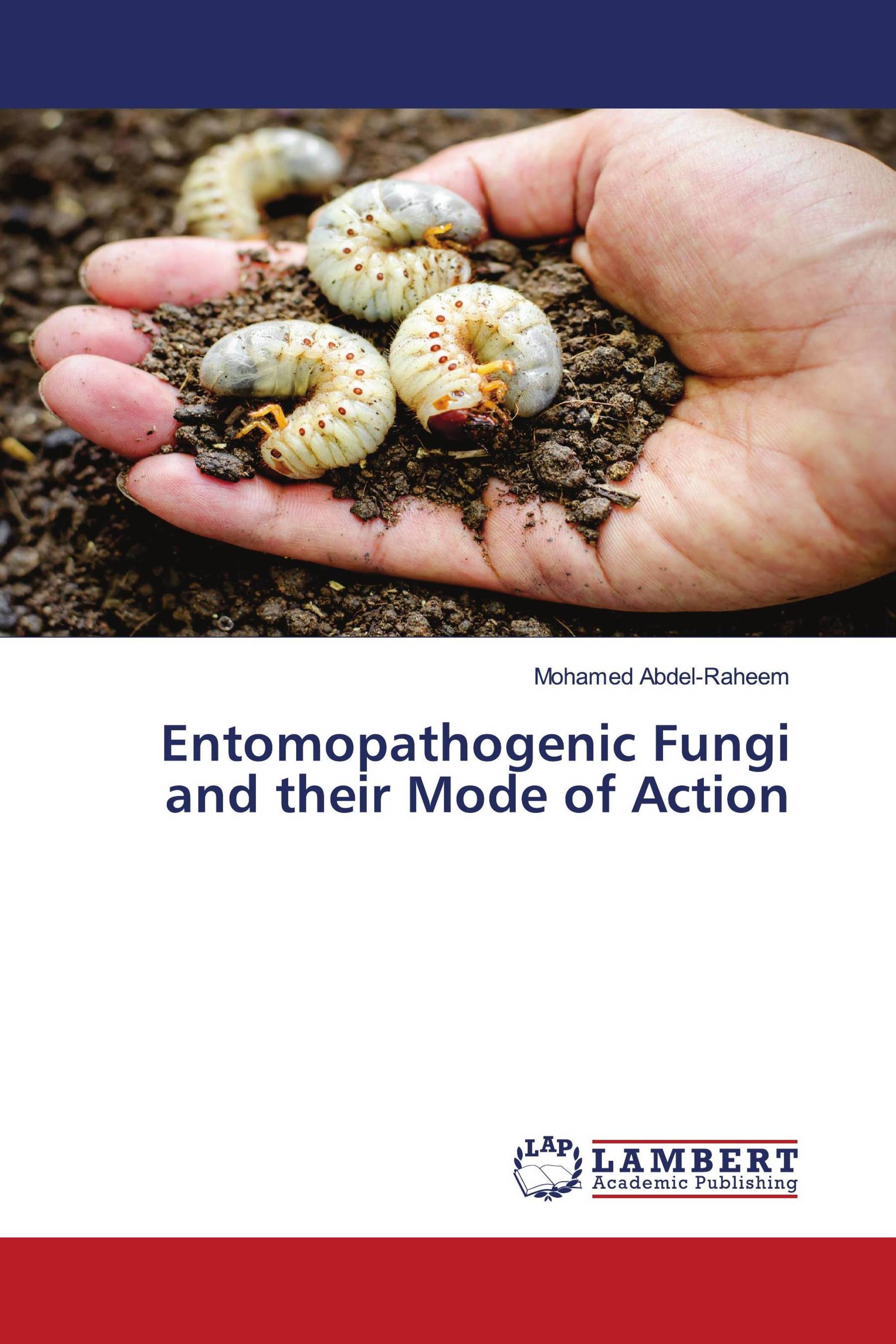Entomopathogenic Fungi and their Mode of Action
LAP Lambert Academic Publishing ( 2021-02-03 )
€ 71,90
Entomopathogenic fungi typically cause infection when spores come in contact with the arthropod host. Under ideal conditions of moderate temperatures and high relative humidity, fungal spores germinate and breach the insect cuticle through enzymatic degradation and mechanical pressure to gain entry into the insect body. Once inside the body, the fungi multiply, invade the insect tissues, emerge from the dead insect, and produce more spores. Natural epizootics of entomophthoralean fungi such as Entomophaga maimaiga (in gypsy moth), Entomophthora muscae (in flies), Neozygites fresenii (in aphids), N. floridana (in mites), and Pandora neoaphidis (in aphids) are known to cause significant reductions in host populations. Although these fastidious fungi are difficult to culture in artificial media and do not have the potential to be sold as biopesticides they are still important in natural control of some pest species. Hypoclealean fungi such as Beauveria bassiana, Isaria fumosorosea, Hirsutella thompsonii, Lecanicillium lecanii, Metarhizium acridum, M. anisopliae, and M. brunneum, on the other hand, are commercially sold as biopesticides in multiple formulations around the world.
Book Details: |
|
|
ISBN-13: |
978-620-3-30843-3 |
|
ISBN-10: |
6203308439 |
|
EAN: |
9786203308433 |
|
Book language: |
English |
|
By (author) : |
Mohamed Abdel-Raheem |
|
Number of pages: |
172 |
|
Published on: |
2021-02-03 |
|
Category: |
Agriculture, horticulture, forestry, fishery, nutrition |




